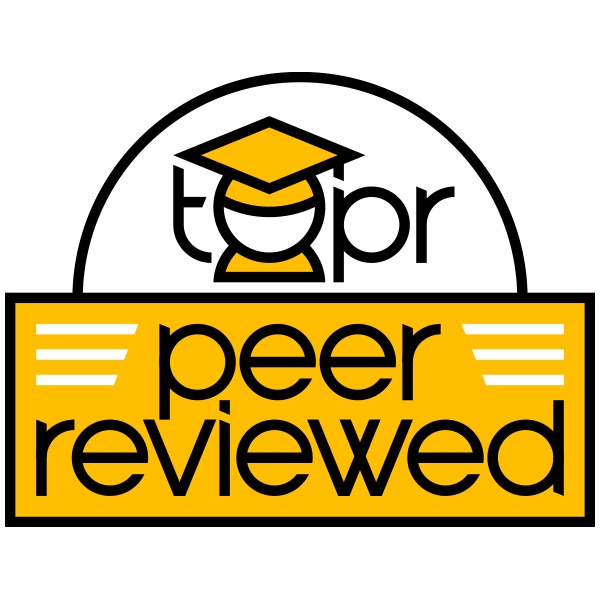
Screencasting refers to as a digitally recorded playback of computer screen output which often contains audio narration (Udell, 2005). Faculty choose to use them to record portions of lectures to provide overview, describe procedures, present concepts, focus attention and elaborate content (Sugar, Brown & Luterbach, 2010). Here are a few examples of instructional uses for screencasts:
- lecture capture, such as a narrated PowerPoint presentation.
- demonstration of problem-solving, online techniques, or computer-based processes (such as showing how to navigate through a database, use a particular Web site, or utilize a particular piece of software like SPSS or Excel).
- content delivery: rather than merely augment the face-to-face lectures, it might be possible to consider delivering all content electronically and asking students to view the screencasts before the F2F lecture (in addition to reading the textbook). Such an approach would free up face-to-face time for more interactive discussions and activities.
Some things to consider when producing a screencast are:
- Use an external microphone in a quiet environment when recording.
- Script your narration. Add captions into the videos to address accessibility needs. For captioning purposes, we would highly recommend faculty use Camtasia Studio or Adobe Captivate.
- Limit the length of screencast videos to 6 minutes. Research indicates that shorter instructional videos are more engaging and student engagement drops sharply after 6 minutes, especially those that are strictly lectures (Guo, 2014).
- Do not use copyrighted materials without permission. If copyright permission is obtained, cite the source.
Link to example artifact(s)
- Instructure Canvas created a series of tutorials on how to use a variety of tools inside Canvas. Each screencast tutorial lasts one to two minutes long and all videos are captioned. View an example of the screencast tutorial: https://community.canvaslms.com/videos/2145
Link to scholarly reference(s)
- Center for Teaching Excellence. (n.d.) Screencasting. University of Waterloo. Retrieved from: https://uwaterloo.ca/centre-for-teaching-excellence/resources/educational-technologies/netsavvy/screencasting
- EDUCAUSE. (2006). 7 things you should know about Screencasting. (No. ELI7012) Retrieved from https://library.educause.edu/resources/2006/3/7-things-you-should-know-about-screencasting
- Guo, P. (2014). How MOOC video production affects student engagement. Retrieved from http://blog.edx.org/how-mooc-video-production-affects
- Ruffini, M. (2012). Creating a PowerPoint screencast using Camtasia Studio. EDUCAUSE Review Online. Retrieved fromhttp://www.educause.edu/ero/article/creating-powerpoint-screencast-using-camtasia-studio
- Ruffini, M. (2012). Screencasting to engage learning. EDUCAUSE Review Online. Retrieved from http://www.educause.edu/ero/article/screencasting-engage-learning
- Sugar, W., Brown, A., & Luterbach, K. (2010). Examining the anatomy of a screencast: Uncovering common elements and instructional strategies. The International Review of Research in Open and Distance Learning, 11(3). Retrieved from http://www.irrodl.org/index.php/irrodl/article/view/851/1594
Citation
Chen, B., Vargas, J., Thompson, K., & Carter, P. (2014). Create screencasts to present content and focus attention. In B. Chen & K. Thompson (Eds.), Teaching Online Pedagogical Repository. Orlando, FL: University of Central Florida Center for Distributed Learning. https://topr.online.ucf.edu/screencasts/.